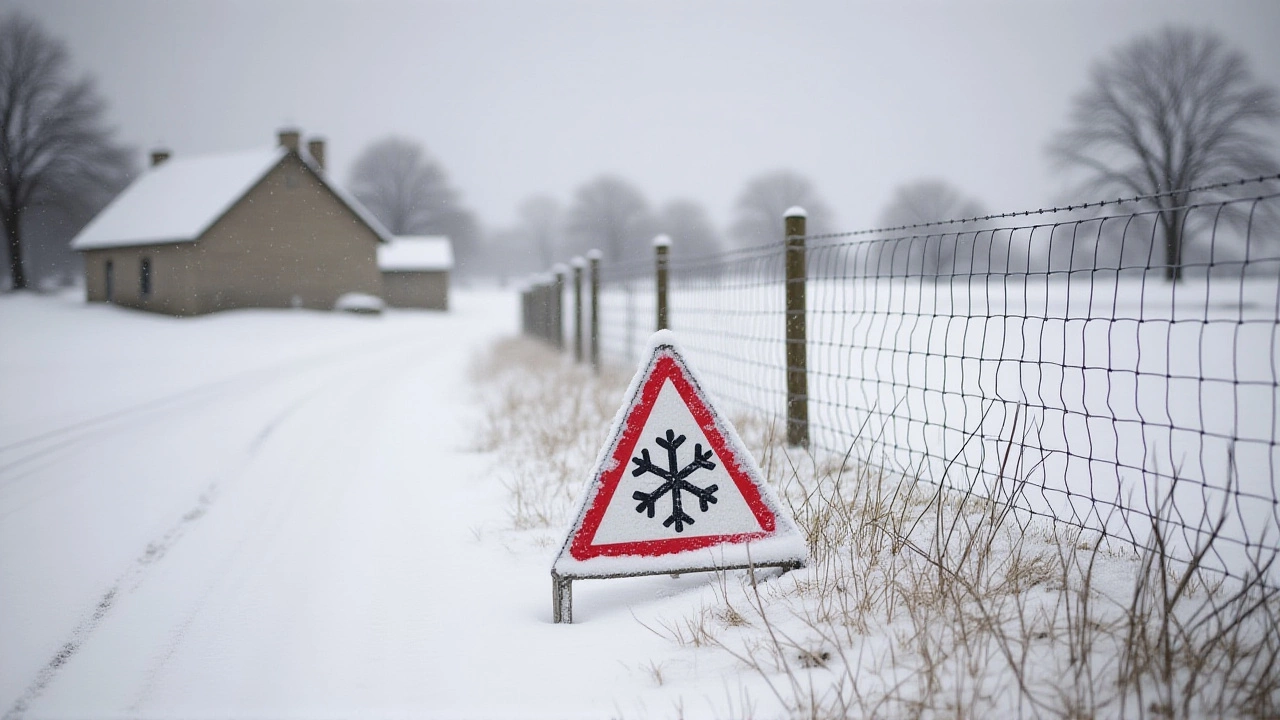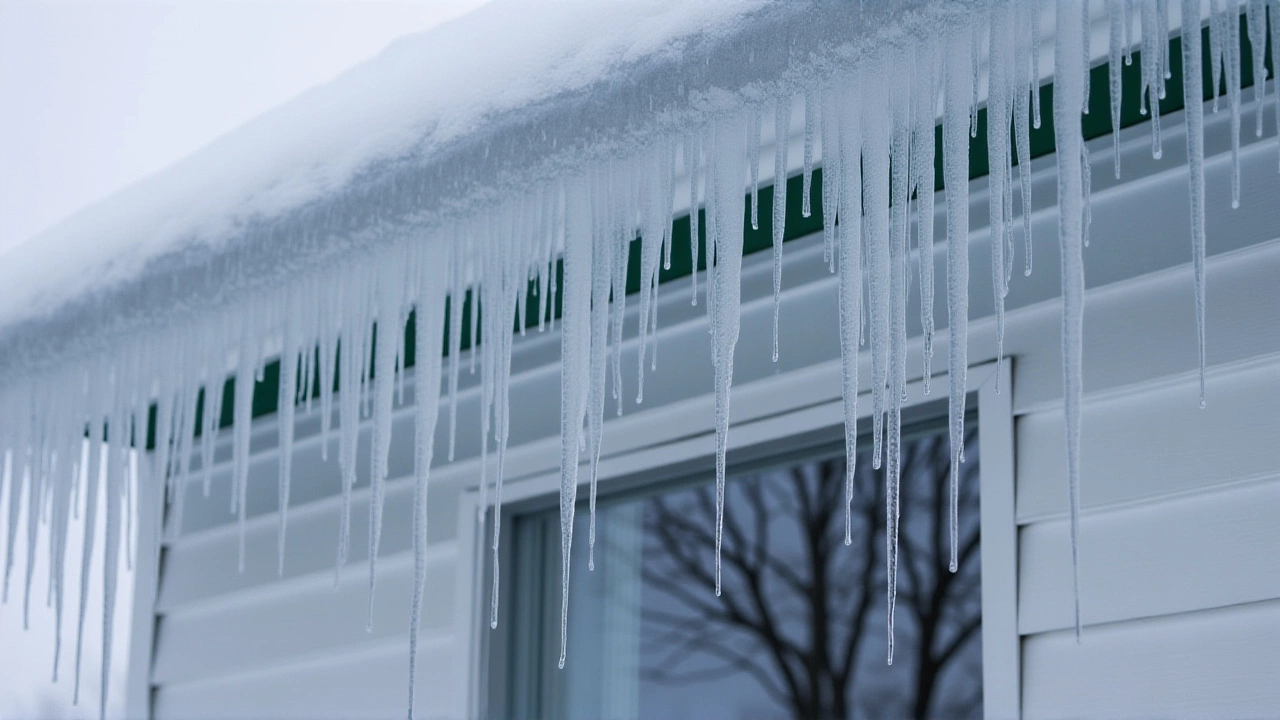By late November 2023, the National Weather Service issued a chilling forecast: a polar vortex disruption would send Arctic air plunging across the Midwest and Eastern United States—just in time for Thanksgiving and Christmas. Temperatures could drop 10° to 20° below normal, turning what was expected to be a mild late-autumn stretch into a brutal winter snap. This isn’t just another cold front. It’s the kind of event that shuts down highways, freezes pipes, and strains power grids. And experts say this one’s different—because the Judah Cohen, a climatologist at the Massachusetts Institute of Technology in Cambridge, is calling it a "stretched polar vortex," not the classic sudden stratospheric warming. And that matters.
What’s a "Stretched" Polar Vortex, and Why Does It Matter?
Most people think of the polar vortex as a swirling mass of frigid air trapped above the North Pole. But when it stretches, it doesn’t break—it elongates, like taffy pulled too far. The result? Lobes of Arctic air get yanked southward, sometimes thousands of miles, into places that haven’t seen sub-zero temperatures in years. Cohen explains that these stretched events, while less explosive than sudden warmings, are more persistent and often more damaging. "The vortex is weaker but stretched thinner," he said in a recent briefing. "That means colder air lingers longer over populated areas. We’re looking at something closer to January 2023 than the mild winters of 2020 or 2021."
Historical context is sobering. The last major stretched polar vortex in December 2022 triggered the deadly Buffalo blizzard, which dumped over 7 feet of snow in some areas and killed more than 50 people in Erie County, New York. This year’s pattern bears eerie similarities: a weakened vortex, a slow-moving jet stream dip, and a buildup of cold air over Canada that’s just waiting for the right trigger.
When Will the Cold Hit—and How Bad Will It Get?
The timeline is precise, and the stages are unfolding like a weather drama. The first chill arrives around November 25, with the Rochester, Minnesota area already bracing for 1–2 inches of snow by Sunday. By Thanksgiving (November 23), the Midwest and Great Plains are expected to see highs in the 40s—15° to 20° below average. Southern Minnesota, central Wisconsin, and lower Michigan will get a "slushy few inches" of snow, according to the National Weather Service.
But the real punch comes in the second week of December. Meteorologist Ryan Maue calls the early cold a "snack," with the full meal arriving around December 10–15. "The polar vortex is still locked in Canada," Maue noted. "It needs a trigger—a kink in the jet stream, a ridge out west—to let it loose. And we’re seeing that trigger form right now."
By December 18, the eastern U.S. could be locked in a deep freeze, with temperatures dipping into the single digits in Chicago, single digits below zero in Minneapolis, and teens in Philadelphia. The European AI model is ahead of U.S. models by a few days, suggesting the cold may arrive sooner than some forecasts predict. That’s why emergency managers in Ohio, Pennsylvania, and New York are already reviewing snow removal protocols and shelter readiness.
Who’s Most at Risk—and What’s Being Done?
The elderly, unhoused populations, and those without reliable heating are the most vulnerable. In 2022, over 60% of Buffalo’s fatalities occurred among people over 65. This year, cities like Detroit, Cleveland, and Pittsburgh are pre-positioning warming centers and doubling down on outreach to isolated residents. Utility companies in the Great Plains are preparing for surging demand, with some utilities warning customers to expect higher bills.
"We’re not just talking about discomfort," said Dr. Lisa Chen, an emergency preparedness director in Wisconsin. "We’re talking about frozen water lines, power outages during storms, and delivery delays for medicine. This is infrastructure stress on a regional scale."
Meanwhile, the National Weather Service has issued a rare "high confidence" advisory for the period from November 26 to December 20, indicating that forecast models across North America and Europe are converging on the same outcome. That’s unusual. Typically, models disagree by days or even weeks. This time, they’re aligned—and that’s a red flag.

What Comes After the Cold?
By late December, the pattern may begin to shift. But experts warn: even if temperatures rebound, the damage lingers. Frozen pipes burst in January. Heating systems fail. Small businesses lose revenue during the critical holiday shopping window. The economic ripple effects could cost billions. In 2022, the Buffalo blizzard cost over $2.3 billion in damages and lost productivity.
And here’s the twist: climate scientists now believe these stretched polar vortex events are becoming more frequent—not less. Warmer Arctic temperatures weaken the jet stream’s stability, making it more prone to deep dips. So while this winter might feel like a throwback to the 1970s, it’s actually a sign of how a warming planet can still produce extreme cold.
Frequently Asked Questions
How does this affect everyday commuters and drivers?
Commuters in the Midwest and Northeast should expect hazardous road conditions starting Thanksgiving week, with black ice, snow drifts, and reduced visibility. The National Weather Service has already warned of potential travel bans on I-90 and I-80 during peak cold periods. Winter tires and emergency kits are no longer optional—they’re essential.
Why is the European AI model predicting this sooner than U.S. models?
The European model uses higher-resolution atmospheric data and has historically outperformed U.S. models in predicting polar vortex behavior. This time, it’s picking up a subtle ridge over the Pacific that’s forcing the jet stream to buckle faster than U.S. models anticipate. That’s why some areas may see cold air arrive 2–3 days earlier than initially forecast.
Is this linked to climate change?
Yes. While it seems counterintuitive, a warming Arctic weakens the polar vortex’s boundary, making it more likely to stretch and send cold air south. Studies from NOAA and MIT show these events have increased in frequency since the 1990s, even as global averages rise. It’s not about colder winters overall—it’s about more extreme swings.
What should homeowners do to prepare?
Insulate pipes, especially in basements and crawl spaces. Keep a backup heat source, like a space heater or generator, and store at least three days of water and non-perishable food. Check your furnace filter—clogged filters cause breakdowns under strain. And don’t wait until the first snowflake to call your utility provider about payment plans.
Could this lead to another Buffalo-style blizzard?
It’s possible. The same atmospheric setup that caused the 2022 Buffalo disaster—a slow-moving low-pressure system drawing moisture from Lake Erie into a frigid air mass—is reappearing. If the timing aligns with lake-effect snow bands, areas downwind of the Great Lakes could see 3–5 feet of snow in 48 hours. Emergency officials are already modeling this scenario.
When will we know if the forecast is accurate?
By November 28, models will have solidified their predictions. If temperatures in Minneapolis drop below 0°F and Chicago hits 10°F with heavy snow by December 5, the forecast will be confirmed as high-impact. The next 72 hours are critical—watch for a sharp drop in stratospheric temperatures over the North Pole.




